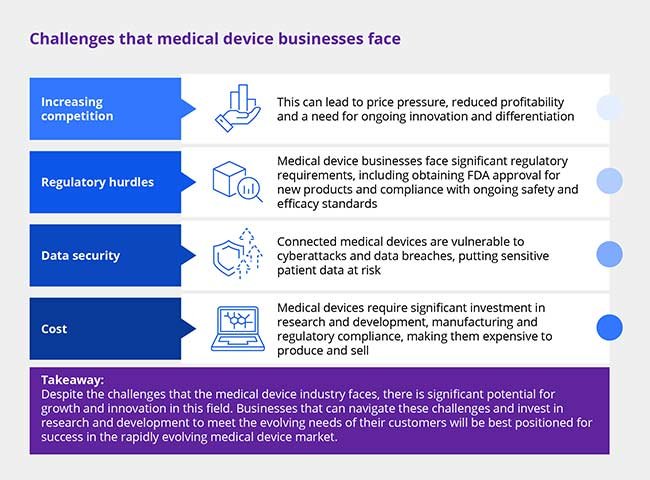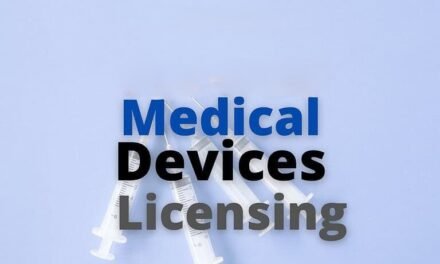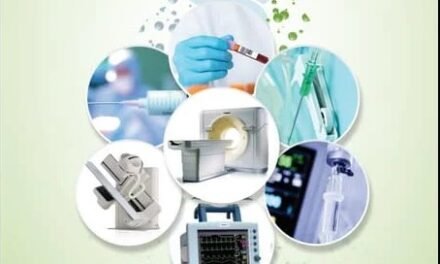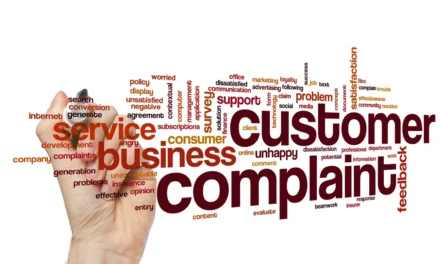
What do you think are the biggest challenges facing the medical device industry right now?

The medical device industry is navigating a rapidly evolving landscape marked by technological advancements, regulatory changes, and shifting market dynamics. Here are the biggest challenges the industry faces today:
1. Regulatory Complexity and Compliance:
- Stringent Standards: Regulatory frameworks like the EU Medical Device Regulation (MDR) and In Vitro Diagnostic Regulation (IVDR) impose stricter requirements for safety, efficacy, and post-market surveillance.
- Global Variations: Differences in regulatory processes across regions (e.g., FDA in the U.S., CDSCO in India) create hurdles for global market access.
- Longer Approval Timelines: High-risk devices, especially Class III devices, face extended approval periods, delaying market entry.
- Post-Market Surveillance: Increased emphasis on post-market monitoring and adverse event reporting adds to operational burdens.
2. Rising Costs and Pricing Pressures:
- Cost of Innovation: Developing cutting-edge technologies, such as AI-powered devices or robotic systems, involves substantial R&D investments.
- Healthcare Cost Containment: Hospitals and insurers demand cost-effective solutions, forcing manufacturers to balance innovation with affordability.
- Reimbursement Challenges: Navigating reimbursement systems and justifying device value to payers remains a critical challenge.
3. Supply Chain Disruptions:
- Global Dependencies: Reliance on international suppliers for components like semiconductors has led to vulnerabilities.
- Pandemic Aftereffects: COVID-19 exposed weaknesses in supply chains, leading to shortages, delays, and increased transportation costs.
- Geopolitical Tensions: Trade restrictions, tariffs, and geopolitical instability (e.g., U.S.-China trade issues) further complicate supply chains.
4. Cybersecurity and Data Privacy:
- IoMT Security Risks: Connected devices in the Internet of Medical Things (IoMT) are susceptible to cyberattacks, risking patient safety and data integrity.
- Compliance with Data Laws: Adhering to stringent data protection regulations like GDPR (Europe) and HIPAA (U.S.) increases complexity and costs.
5. Workforce Challenges:
- Skill Shortages: Finding and retaining talent in areas like AI, machine learning, regulatory compliance, and engineering is increasingly difficult.
- Training Requirements: Rapid technological changes necessitate ongoing workforce training, adding to operational costs.
6. Increasing Competition:
- Global Competition: Established players face competition from emerging-market manufacturers offering low-cost alternatives.
- Startups and Innovators: Agile startups are introducing disruptive technologies, challenging traditional market leaders.
- Market Saturation: Certain segments, such as diagnostic imaging or orthopedic devices, face oversaturation.
7. Technological Integration and Obsolescence:
- Adapting to AI and Digital Health: Incorporating AI, IoMT, and wearable technologies requires significant investment and expertise.
- Rapid Innovation Cycles: The pace of technological advancement risks making devices obsolete before companies can recoup their investments.
8. Sustainability and Environmental Impact:
- Regulatory Pressure: Increasing focus on sustainability in manufacturing, packaging, and disposal of devices.
- Single-Use Devices: Balancing the need for disposable devices with environmental concerns and waste management challenges.
9. Economic and Market Uncertainty:
- Inflation and Rising Costs: Increased costs for raw materials, labor, and logistics affect profitability.
- Global Economic Slowdowns: Economic downturns reduce demand for elective procedures and associated devices.
- Exchange Rate Fluctuations: For global companies, currency volatility impacts revenues and costs.
10. Patient-Centric and Value-Based Care:
- Shifting Models: Transition from fee-for-service to value-based care models requires manufacturers to demonstrate long-term cost-effectiveness and clinical outcomes.
- Patient Empowerment: Patients demand devices that are user-friendly, affordable, and personalized, challenging manufacturers to prioritize usability and accessibility.
11. Intellectual Property (IP) and Legal Risks:
- Patent Expirations: Loss of exclusivity opens the door to competition from generic or lower-cost alternatives.
- IP Litigation: Patent disputes and infringement claims can result in significant legal and financial consequences.
12. Public Health Challenges:
- Pandemic Preparedness: Manufacturers must invest in scalable production for critical devices like ventilators and diagnostic kits.
- Emerging Diseases: Addressing global health challenges, such as antimicrobial resistance or new infectious diseases, requires rapid innovation.
13. Geographic Market Challenges:
- Emerging Markets: While offering growth opportunities, these markets present challenges like regulatory unpredictability, price sensitivity, and logistical barriers.
- Access to Rural Areas: Expanding reach to underserved regions requires affordable, portable, and durable devices.
14. Ethical and Social Considerations:
- AI Bias and Ethics: Ensuring fairness, transparency, and accountability in AI-driven devices is a growing concern.
- Healthcare Equity: Manufacturers face pressure to make devices accessible to all, regardless of socioeconomic status or geography.
15. Post-Market Challenges:
- Product Recalls: Managing recalls due to safety or performance issues can harm a company’s reputation and financial standing.
- Adverse Event Reporting: Increased vigilance and reporting requirements demand robust monitoring systems.
The medical device industry faces a confluence of challenges, from regulatory complexities and pricing pressures to cybersecurity risks and workforce shortages. Navigating these challenges requires a strategic focus on innovation, operational efficiency, and collaboration with stakeholders. Companies that can adapt to this dynamic environment while maintaining patient-centered care and sustainability will be better positioned for long-term success.




























